Science Ticker
A roundup of research and breaking news
Sign up for our newsletter
We summarize the week's scientific breakthroughs every Thursday.
-
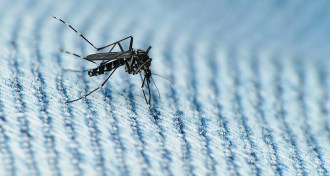 Health & Medicine
Health & MedicineFive things to know about Zika
Last week, a public health poll pointed to some myths that have been circulating about Zika. Let’s bust them.
-
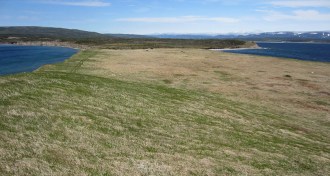 Archaeology
ArchaeologyPossible second Viking site found in Newfoundland
Newfoundland excavation reveals possible Norse settlement.
By Bruce Bower -
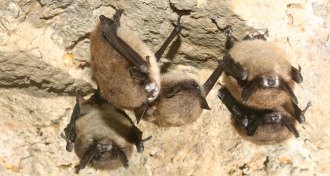 Animals
AnimalsWhite-nose bat disease jumps the Rockies to Washington state
For the first time, the bat-killing white-nose syndrome shows up west of the Rockies.
By Susan Milius -
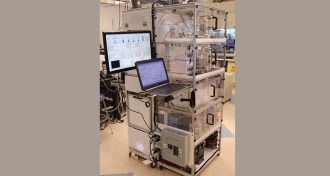 Health & Medicine
Health & MedicineFridge-sized contraption makes drugs on demand
A new drug-making system rapidly produces a variety of medications on demand.
-
 Animals
AnimalsGreen was this ancient snake’s signature color
Scientists have reconstructed the skin coloration of a fossilized snake that’s about 10 million years old.
-
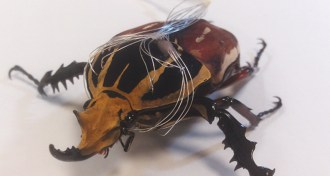
-
 Climate
ClimateMaximum size for Arctic sea ice hits a new low
Warm temperatures helped drop the Arctic sea ice maximum to the smallest size on record.
-
 Astronomy
AstronomyJapan’s new X-ray space telescope has gone silent
Japan’s newest orbiting X-ray telescope, ASTRO-H, has gone silent and might have broken into several pieces, the Japanese space agency reports.
-
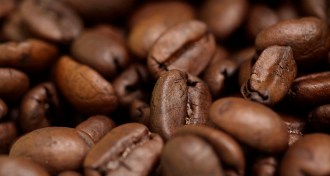 Microbes
MicrobesDiverse yeasts make their home on coffee and cacao beans
Yeasts in coffee and cacao are shaped by geography and human migration, genetic analysis finds.
-
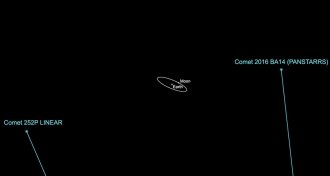 Astronomy
AstronomyTwo chunks of the same comet buzzing Earth this week
Two comets, one a possible fragment of the other, will slip past Earth on March 21 and 22.
-
 Agriculture
AgricultureWine quality subject to climate change
Wine quality could suffer as climate change desynchronizes warm temperatures and droughts, preventing grape growers from harvesting at the optimum time.
-
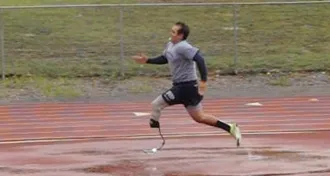 Life
LifeHow Paralympic sprinters lose speed on curves
Amputee runners may lose more speed on curves when the leg on the inside of the curve is the one bearing a prosthetic, a biomechanics study finds.